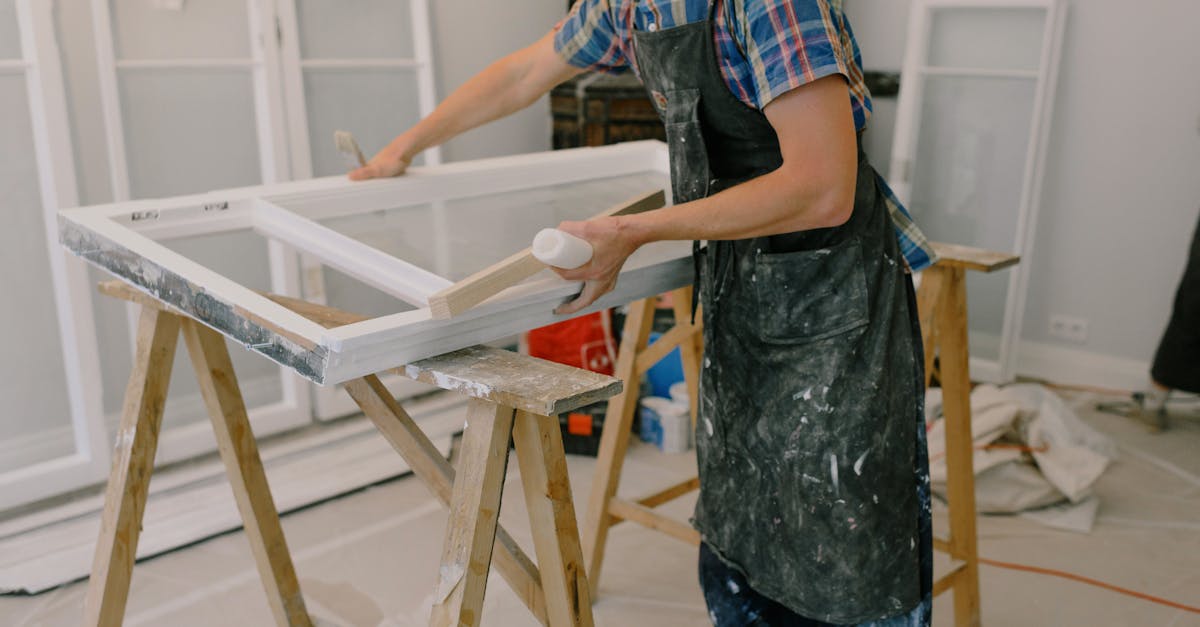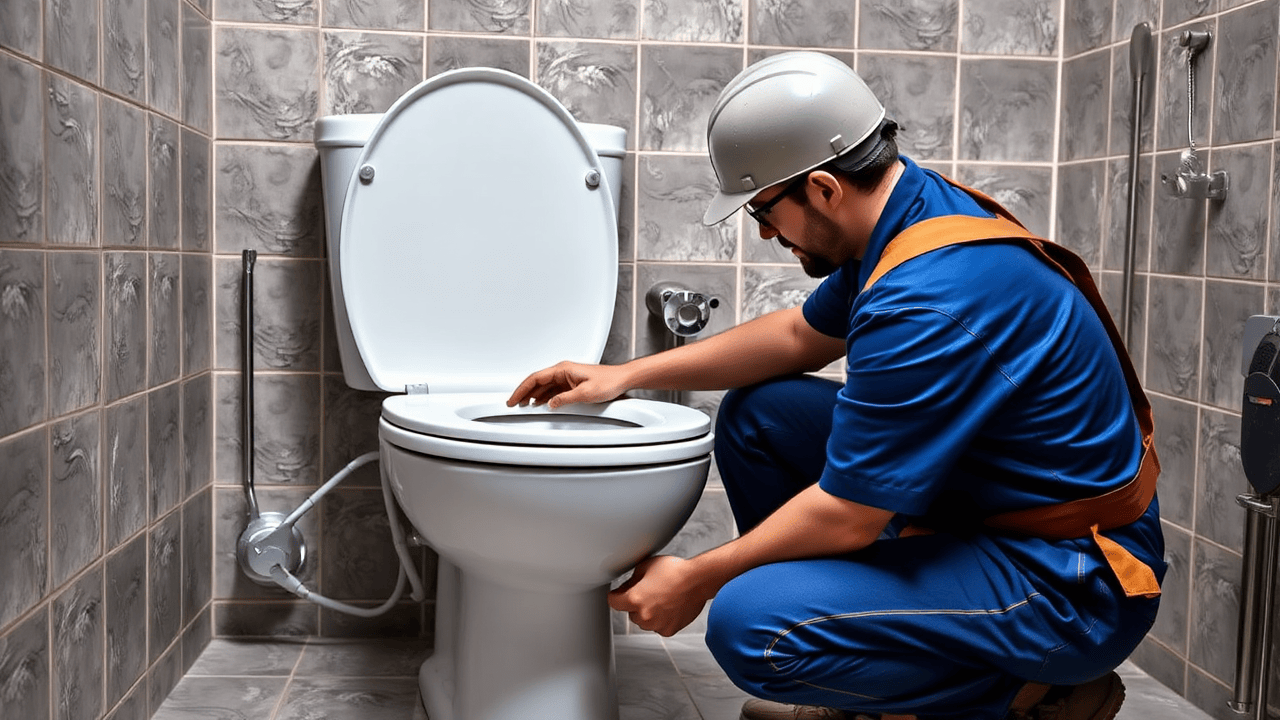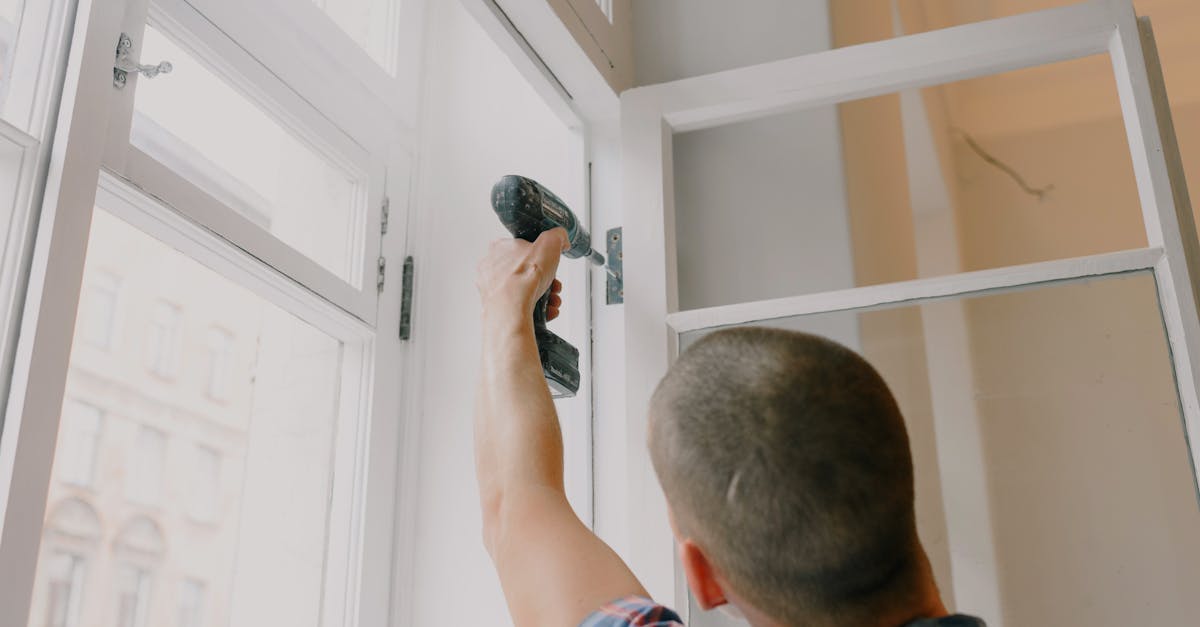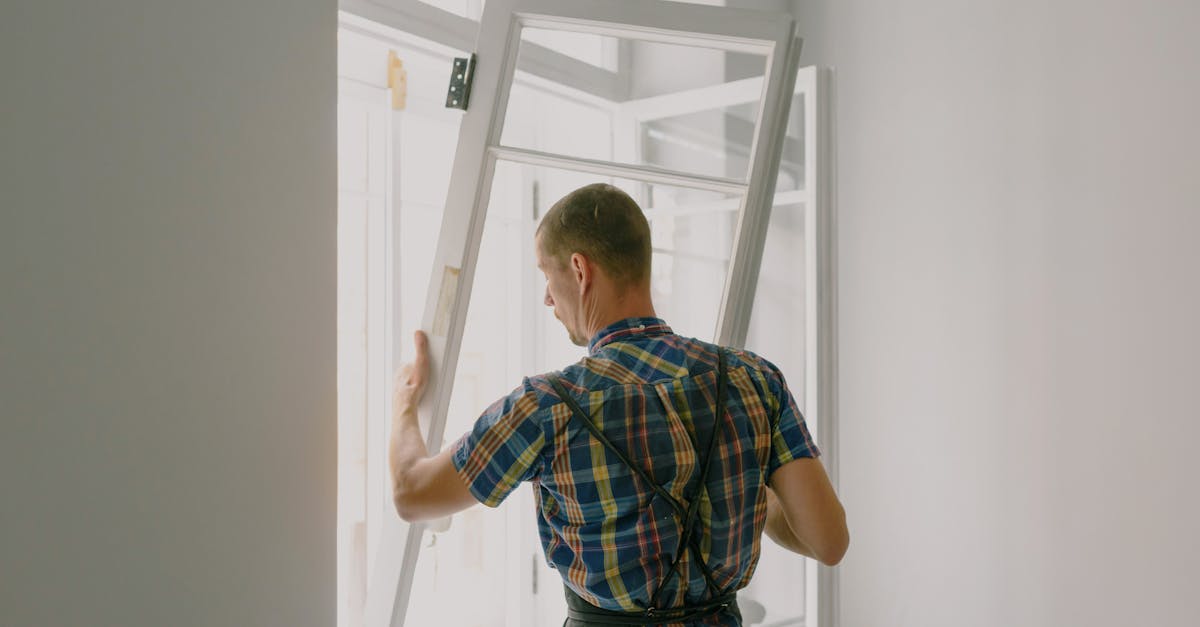
LongTerm Savings
When considering the long-term savings of toilet installation and repair, homeowners often weigh the costs of fixing an existing toilet against the price of a new one. Repairing a toilet usually incurs lower immediate expenses, particularly for minor issues like a leaky flapper or a clogged drain. However, if the toilet is older and requires frequent repairs, it may eventually become more cost-effective to invest in a replacement that will last longer and require less maintenance.
In addition to the direct costs of repairs or replacement, energy and water efficiency play a significant role in the overall savings. Modern toilets are designed to use less water per flush, contributing to lower water bills over time. Investing in a new toilet can lead to substantial savings compared to an older model that consumes more water. Weighing the costs of toilet installation and repair against the potential for reduced utility bills can help homeowners make a more informed decision about whether to repair or replace.
Energy and Water Efficiency Considerations
Toilet installation and repair greatly influence the overall water efficiency of your home. Older toilets typically use much more water per flush compared to modern, high-efficiency models. By upgrading to a newer toilet, homeowners can significantly reduce their water consumption, leading to lower utility bills and a smaller environmental footprint. An efficient toilet can conserve as much as 13,000 gallons of water per year, which not only benefits the budget but also promotes sustainable living practices.
In addition to water savings, energy efficiency is another important factor to consider when deciding between repair and replacement. A newer toilet may also come equipped with improved flushing mechanisms that require less energy to operate effectively. This reduces not only the water used but also the energy expended in maintaining plumbing systems over time. Investing in a well-designed toilet ensures that your home is both water and energy efficient, ultimately enhancing its overall value while contributing to cost savings.
DIY Repairs
Many homeowners are tempted to tackle toilet repairs themselves to save money. Simple issues like a running toilet or a clogged bowl often have straightforward solutions that can be handled with basic tools. With online tutorials and guides readily available, many people feel empowered to take on toilet installation and repair tasks. However, it is crucial to correctly identify the problem before proceeding. Misdiagnosing an issue can lead to more significant complications and increased costs down the line.
When considering DIY repairs, assess your comfort level with plumbing tools and techniques. Some repairs may only require a few tools, while others could necessitate specialized equipment. It’s also important to be mindful of your time commitment and the possibility of encountering unexpected challenges. In situations beyond your expertise, you might find that enlisting professional help for toilet installation and repair becomes the more cost-effective choice in the long run.
Tools and Skills Required for Basic Repairs
Basic repairs for toilets often require a few essential tools and skills. A wrench, screwdriver, and plunger are typically sufficient for minor issues like clogs or loose fittings. More complex problems may necessitate additional tools such as a toilet auger or a wax ring for resealing. Familiarity with toilet installation and repair also plays a crucial role in ensuring that repairs are completed correctly.
Begin by identifying the specific issue. Understanding how different toilet components work will make it easier to address problems effectively. If the task requires switching out parts like the flapper valve or fill valve, having clear instructions or guides can be beneficial. Confidence in your ability to handle basic plumbing can often lead to successful DIY repairs, potentially saving money in the long run.
Professional Help
When considering toilet installation and repair, enlisting the help of a professional can often save homeowners time and potential expense. Plumbing issues can be complicated, and improper fixes can lead to more significant problems over time. A qualified plumber can quickly diagnose the issue, ensuring that repairs are done correctly from the start. This expertise also helps prevent recurring issues, which can be particularly frustrating and costly.
Professional plumbers possess the training and tools necessary for more complicated repairs that may be beyond the homeowner's skill set. They can address not only the immediate problem but also assess the overall condition of the plumbing system. Engaging a professional for toilet installation and repair ensures that the work meets local codes and standards, providing peace of mind that the job is done safely and effectively.
Benefits of Professional Assessment and Repair
Professional plumbers bring a wealth of experience and expertise when it comes to toilet installation and repair. Their training enables them to diagnose issues accurately and provide solutions that may not be immediately apparent to the average homeowner. This level of expertise can save both time and money in the long run, as they can often resolve problems quickly and prevent further damage from occurring. A small issue, if left unattended, could escalate into a much larger problem that requires extensive repairs or even replacement.
Additionally, hiring professionals ensures that the work is compliant with local plumbing codes and regulations. Improper installation or repair can lead to fines or complications in the event that you ever need to sell your home. Professional plumbers typically offer warranties on their work, giving homeowners peace of mind in knowing that their toilet installation and repair will be handled correctly. This added security can be a significant benefit when deciding whether to tackle repairs independently or seek expert assistance.
FAQS
How can I determine if my toilet needs repairs or a full replacement?
To determine whether to repair or replace your toilet, consider the age of the toilet, the extent of the damage, and any ongoing issues. If the toilet is relatively new and has minor problems, repairs may suffice. However, if it frequently breaks down or is more than 10-15 years old, a replacement might be more cost-effective in the long run.
What are some common toilet repairs that can be done without professional help?
Common DIY toilet repairs include fixing a running toilet by replacing the flapper, adjusting the float, or unclogging it using a plunger. These tasks typically require basic tools and can save you money compared to hiring a plumber.
How can energy and water efficiency impact the cost of fixing or replacing a toilet?
Energy and water-efficient toilets can significantly reduce water bills and environmental impact over time. If your current toilet is outdated and inefficient, replacing it with a newer model can lead to long-term savings that may outweigh the initial costs of replacement.
When should I consider hiring a plumber for toilet issues?
You should consider hiring a plumber when the repairs are beyond basic fixes, such as leaks from the base, persistent clogs, or issues with the plumbing system. Additionally, if you're unsure about the problem or lack the necessary tools and skills, a professional assessment can prevent further damage.
What are the advantages of professional toilet repair services?
Professional toilet repair services offer expertise, advanced tools, and a thorough assessment of underlying issues, ensuring that repairs are done correctly and efficiently. They can often spot potential problems before they become major issues, saving you time and money in the future.


